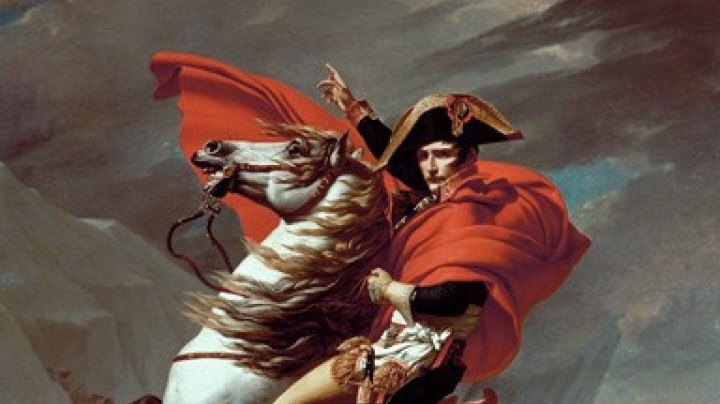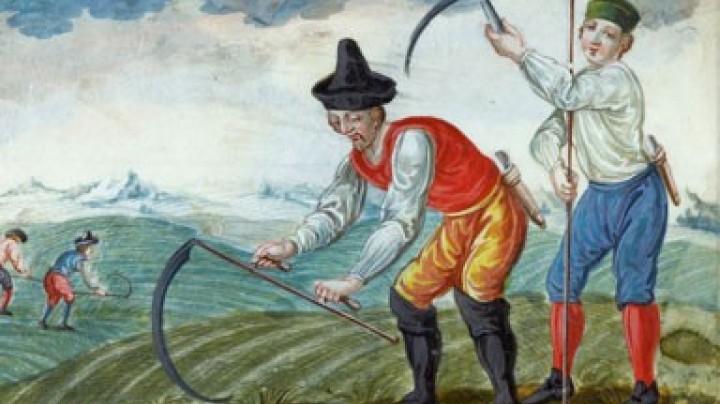The Strauss dynasty – a family business
Johann Strauss I and II made the Viennese waltz famous all over the world. First performed in 1867, the Blue Danube Waltz by Johann Strauss II is the unofficial Austrian national anthem.
The humorist Franz Wiest commented in Der Wanderer on 19 October 1844.Good night, Lanner! Good evening, Strauss Senior! Good morning, Strauss Junior!
Adolf Bäuerle, editor of the Wiener Allgemeinen Theaterzeitung, commented shortly after the debut of the younger Johann Strauss.The young Strauss daily wins the favour of the public. His compositions please, his performances of the same are always greeted with applause.
Johann Strauss II studied at university before deciding to become a composer. His decision led to a rift in the Strauss household. In July 1844 he applied for a licence to the Viennese municipal authorities, stating that he ‘desired to seek a living as a conductor of music’. At the beginning of September he was granted permission to conduct an orchestra, despite his father having intervened in an attempt to prevent this outcome. His debut at Dommayer’s Casino on 15 October 1844 was a sensation. Whereas his father appealed to traditional audiences, the younger Strauss soon had a following among the younger generation and ethnic minorities, whom he strove to court with titles such as the ‘Serb Quadrille’ or by including musical allusions to national dances.
After the death of his father in 1849 – the two had been reconciled shortly beforehand – Johann Strauss II amalgamated the two orchestras. In 1852 he was appointed conductor to the Kammerbälle (balls for the younger members of the imperial family). He strove to obtain the position of Music Director of the Imperial-Royal Court Balls, a post that his father had held, but his application was always rejected. This was a consequence of his conduct during the 1848 revolution, when he had clearly placed himself and his works on the side of the rebels. Now he attempted to win the favour of the Court by dedicating numerous compositions to the imperial family, such as the ‘Kaiser Franz Joseph I. Rettungs-Jubel-Marsch’, written in reaction to the unsuccessful attempt on the young emperor’s life, or ‘Myrthen-Kränze’ (Myrtle Wreaths) composed for the marriage of Franz Joseph and Elisabeth. In 1862 his efforts paid off and he finally achieved the long-desired position.
As a popular composer and conductor of waltzes, Johann Strauss II frequently performed at several different events during one and the same evening, as his father had done before him. Concert tours took him to London, Italy, America and Russia. The mental and physical strain began to tell on his health, and his brother Josef took over the orchestra in his absence. Following Josef’s death in 1870 Eduard Strauss took over as conductor of the orchestra, which had to compete with cheaper military bands and other composers of dance music. Johann devoted himself almost exclusively to composing operettas, producing enduring and still popular works such as Die Fledermaus (1874), A Night in Venice (1883) and The Gypsy Baron (1885).



















